Manned Orbiting Laboratory Declassified: Inside a US Military Space Station
Meet the Manned Orbiting Laboratory
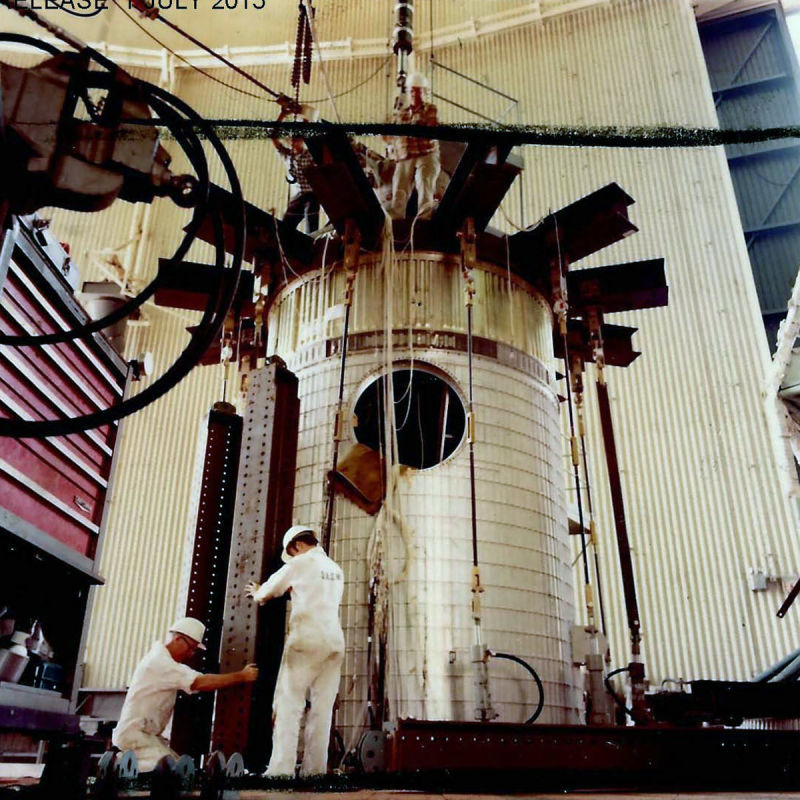
At the peak of the space race – when the Soviet Union was considered a threat, and the Beatles were a hot new band invading American music – the United States had a partially classified human space program. It was called the Manned Orbiting Laboratory.
First announced in December 1963, the program's public aim was to figure out the "military usefulness" of putting a human into space. Its real, classified aim was to put a crewed surveillance satellite into orbit to spy on the Soviet Union. The program never got into space.
The program was cancelled in June 1969 (the month before humans landed on the moon) due to budgetary concerns. In late 2015, the National Reconnaissance Office released hundreds of photos and documents about the Manned Orbiting Laboratory. Here are some of the best ones.
Up first: An early space station
An early space station
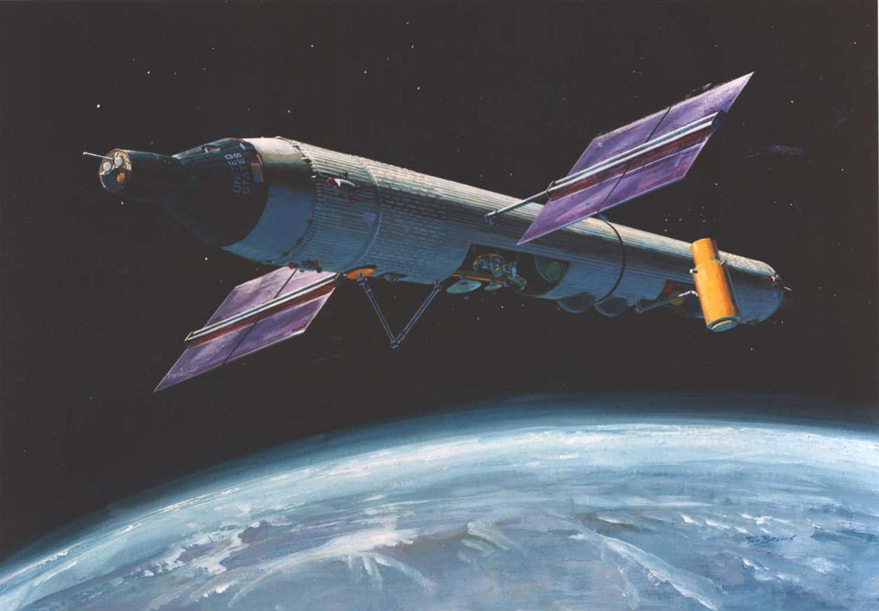
An undated artist's conception of the Manned Orbiting Laboratory. The picture shows the station being powered by solar panels. A telescope juts out to the right of the station. The spacecraft at top is a version of the two-person Gemini spacecraft that NASA flew in Earth orbit between 1964 and 1966.
MOL operated for more than five years and spent $1.56 billion in 1969 dollars ($130 billion in 2016). According to the National Reconnaissance Office, the program was cancelled because of budgetary pressure from the Apollo program and the Vietnam War. There also was a political perception that MOL duplicated what NASA was doing with its human spaceflight program.
Up next: A 1960s Vision
A 1960s Vision
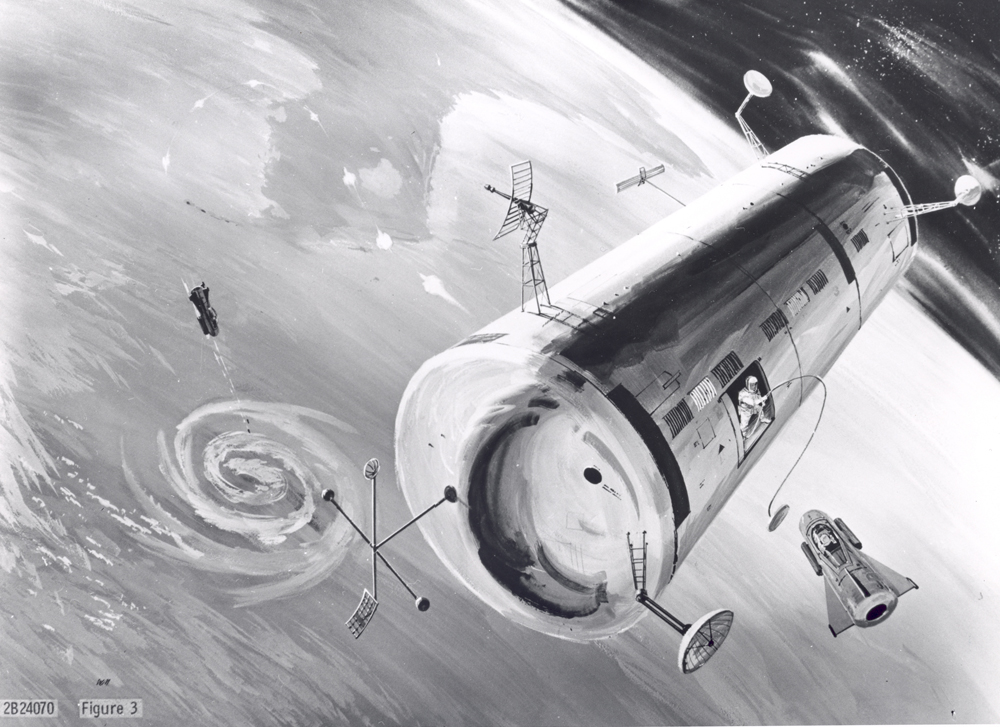
This early concept for the Manned Orbiting Laboratory shows one possible design of the military space station during its initial development.
Designers would eventually streamline the project to fit on a Titan rocket and be serviced by astronauts on Gemini space capsules.
Up next: A Closer Look at MOL
A Closer Look at MOL
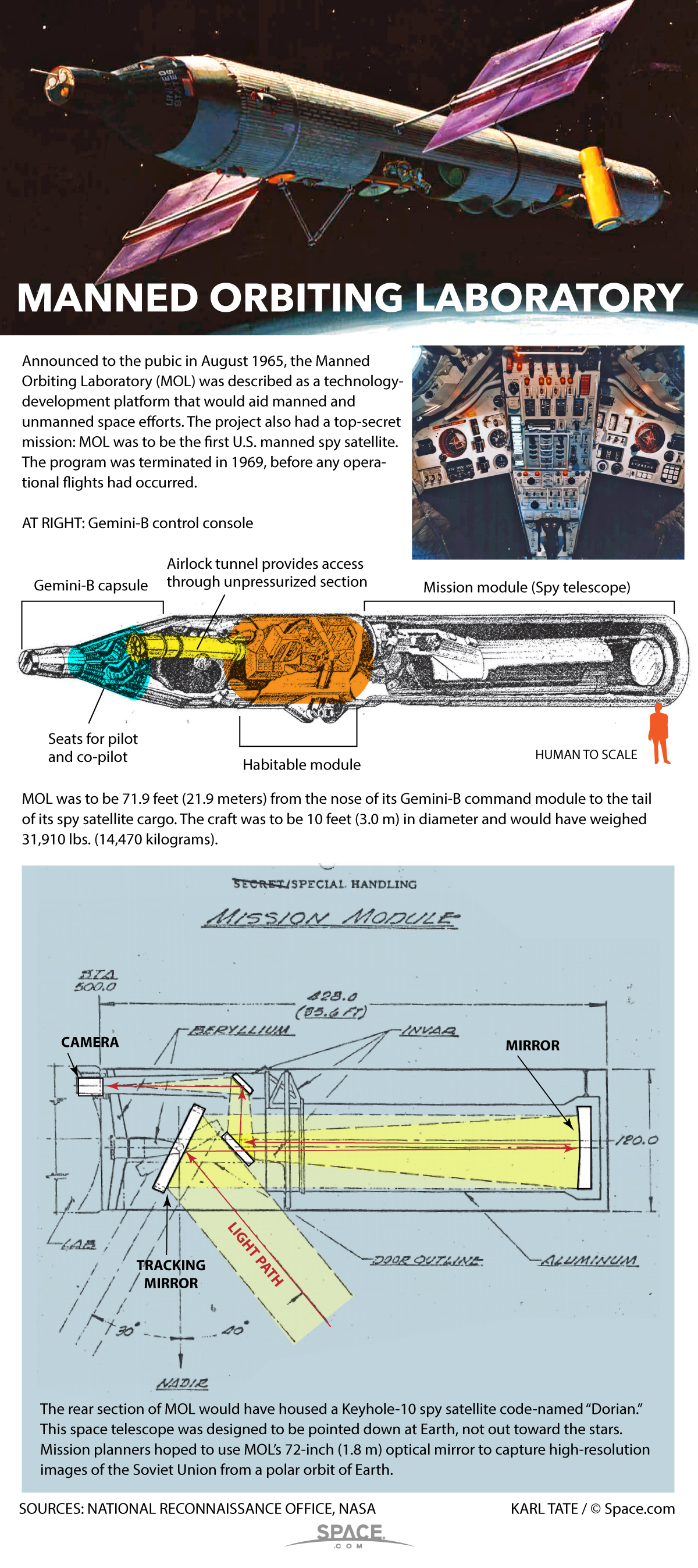
The U.S. military's Manned Orbiting Laboratory was planned in the 1960s but never realized. Here's a breakdown of what the military spy space station would have entailed. See how the Gemini-based manned spy satellite would have worked here.
Up next: Precise machining
Precise machining
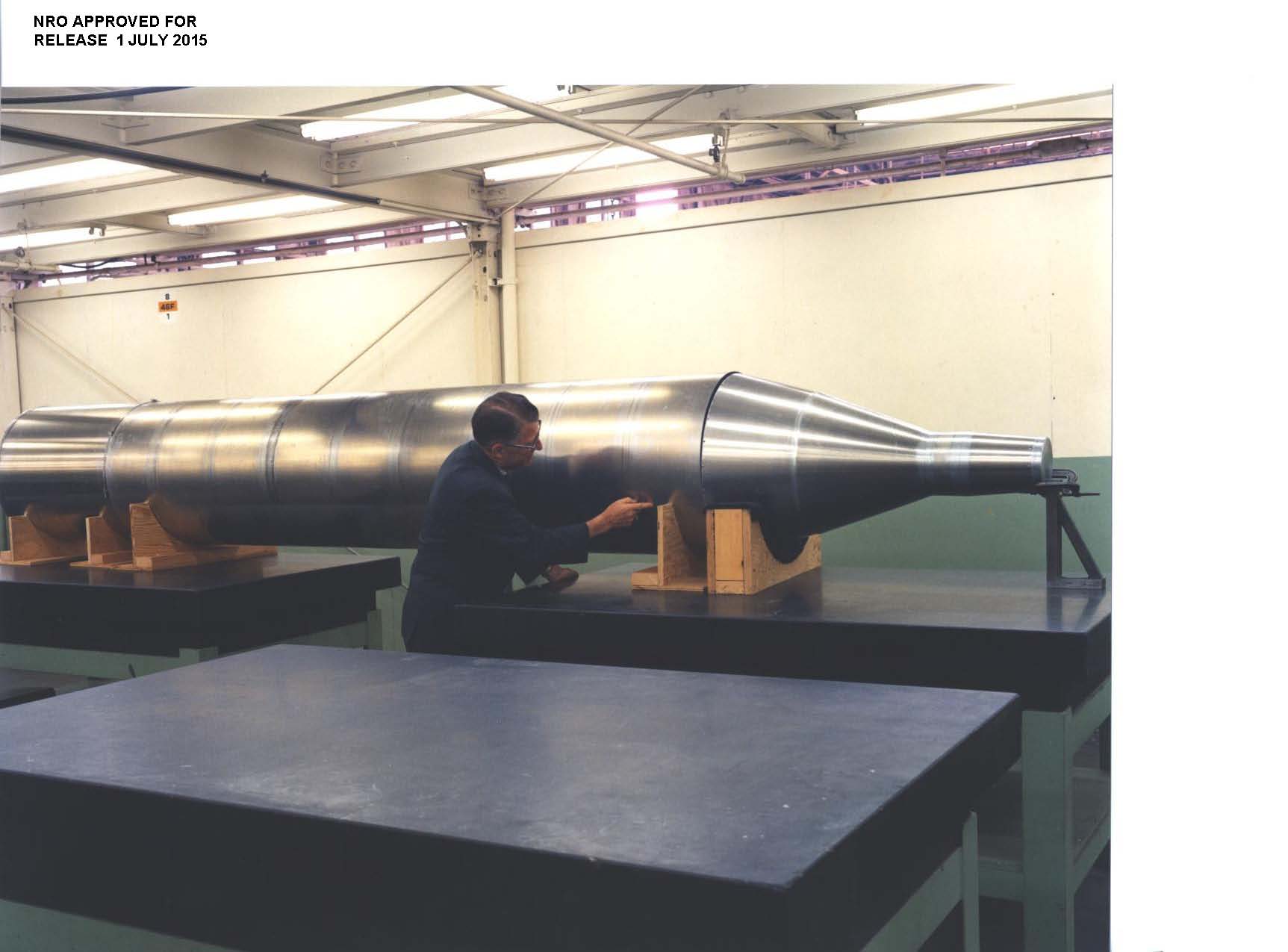
This is an early scaled model of the MOL. According to an NRO statement, MOL's justification was that humans could get better pictures of the Soviet Union than satellite photographs of the day could provide.
MOL was a joint program between the Air Force and the NRO. The Air Force was responsible for developing the actual spacecraft, while the NRO created the camera system and other specified subsystems. The Air Force was particularly interested in the program because the humans could ostensibly adjust their mission and photographing faster than a robotic satellite.
Up next: Titan Test Flight
Titan Test Flight
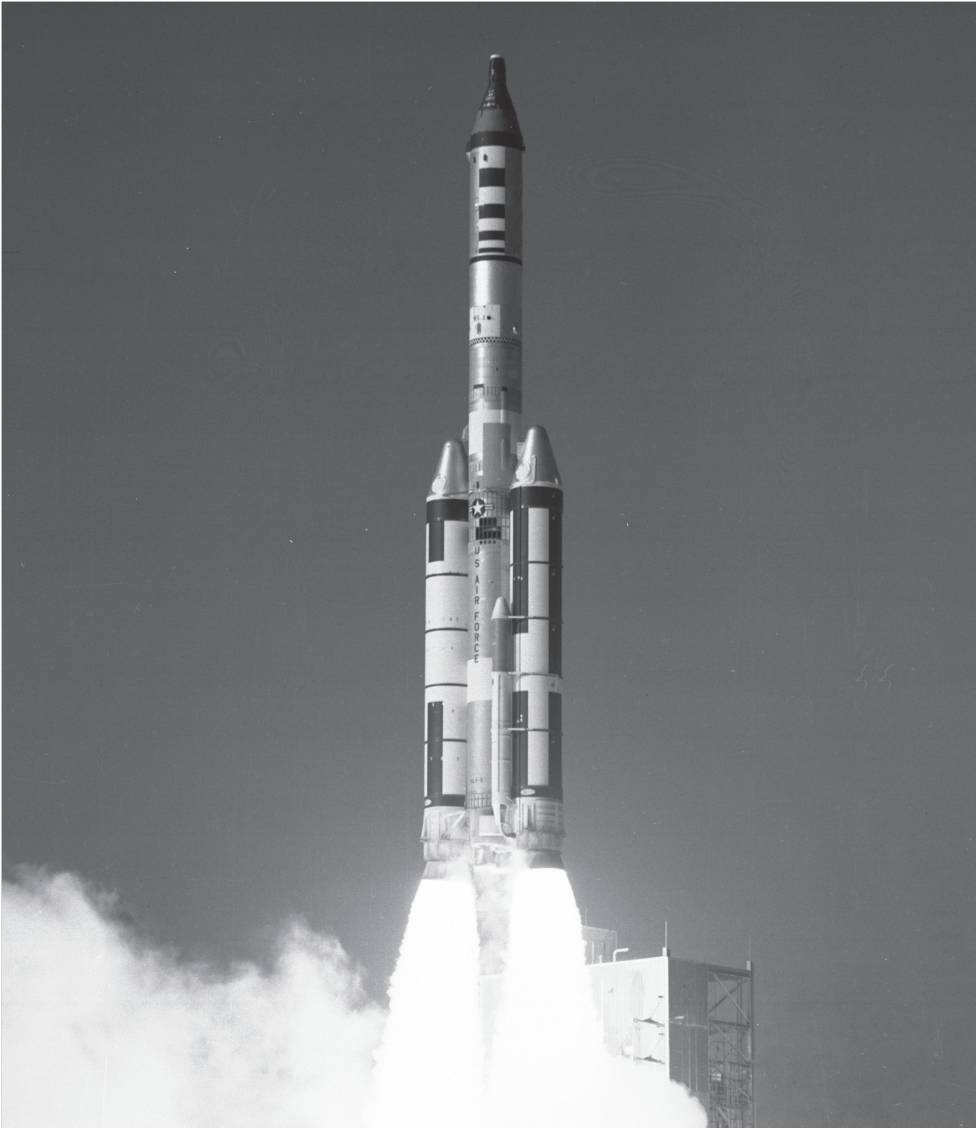
In November 1966, the Manned Orbiting Laboratory project hit a milestone with an unpiloted test flight using a Titan IIIC-9 rocket.
The mission launched on Nov. 3, 1966, from Launch Complex 40 at the Cape Canaveral Air Force Station in Florida. The rocket launched a mock-up of the Manned Orbiting Laboratory as well as a refurbished Gemini spacecraft as a Gemini B prototype.
Up next: The Gemini B capsule
The Gemini B capsule
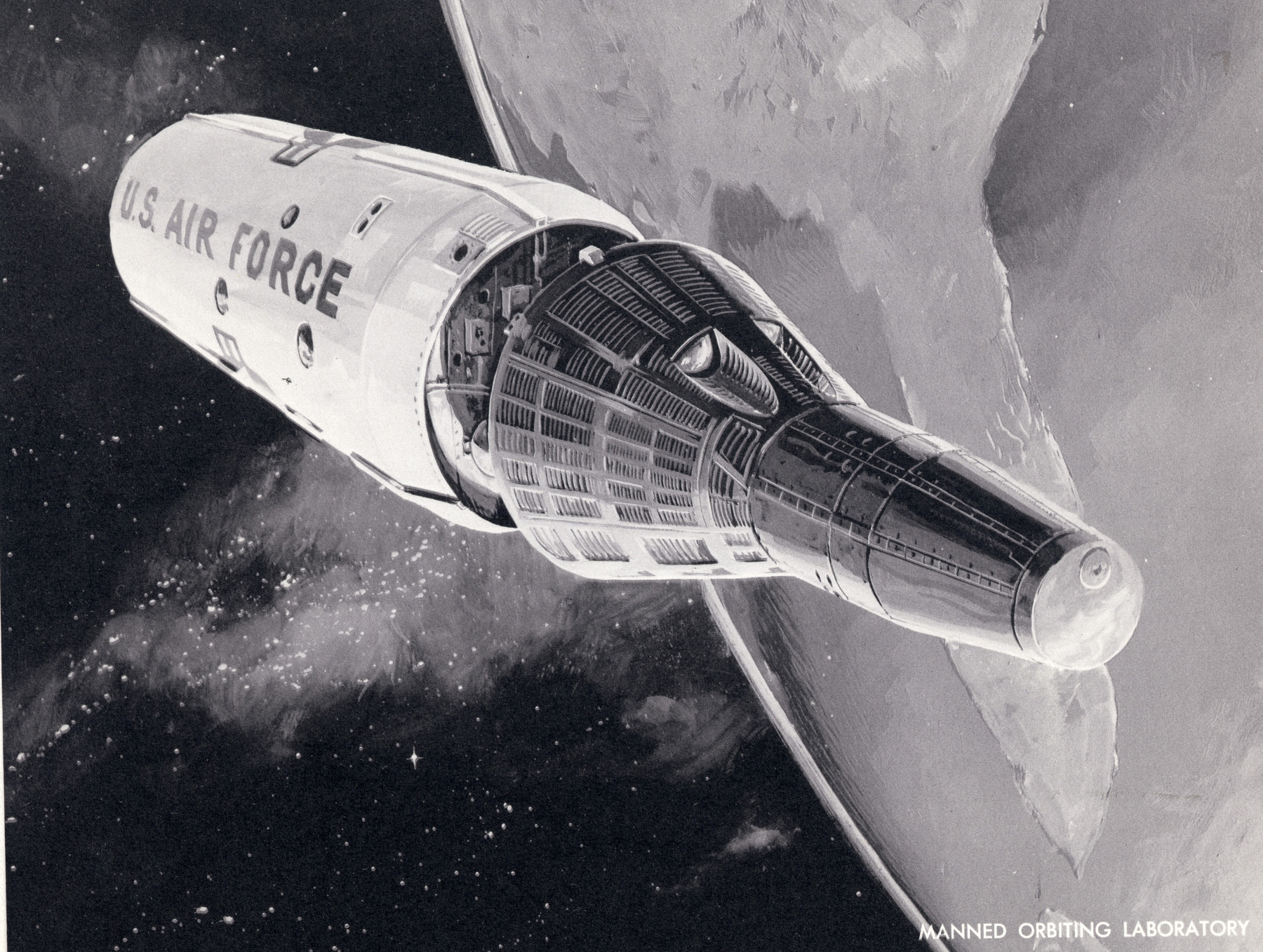
The go-to vehicle for missions to the Manned Orbiting Laboratory was a military version of NASA's Gemini spacecraft, called the Gemini B, seen here in an artist's depiction. The Gemini B would launch a crew with an MOL, allow access into the station via a connecting tunnel at the capsule's base and then return crews to Earth by separating from the MOL, seen here.
Up next: Inside Gemini B
Inside Gemini B
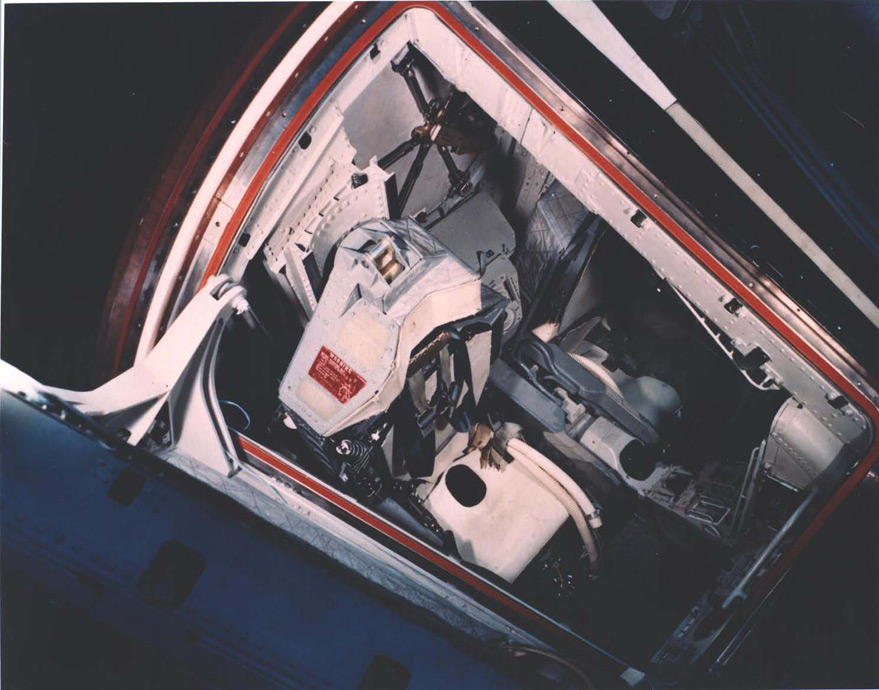
Like NASA's Gemini spacecraft, the Gemini B was a two-person capsule. This view of the interior through an entry hatch shows the tight squeeze astronauts would have to endure on MOL missions.
Up next: Gemini cockpit
Gemini cockpit
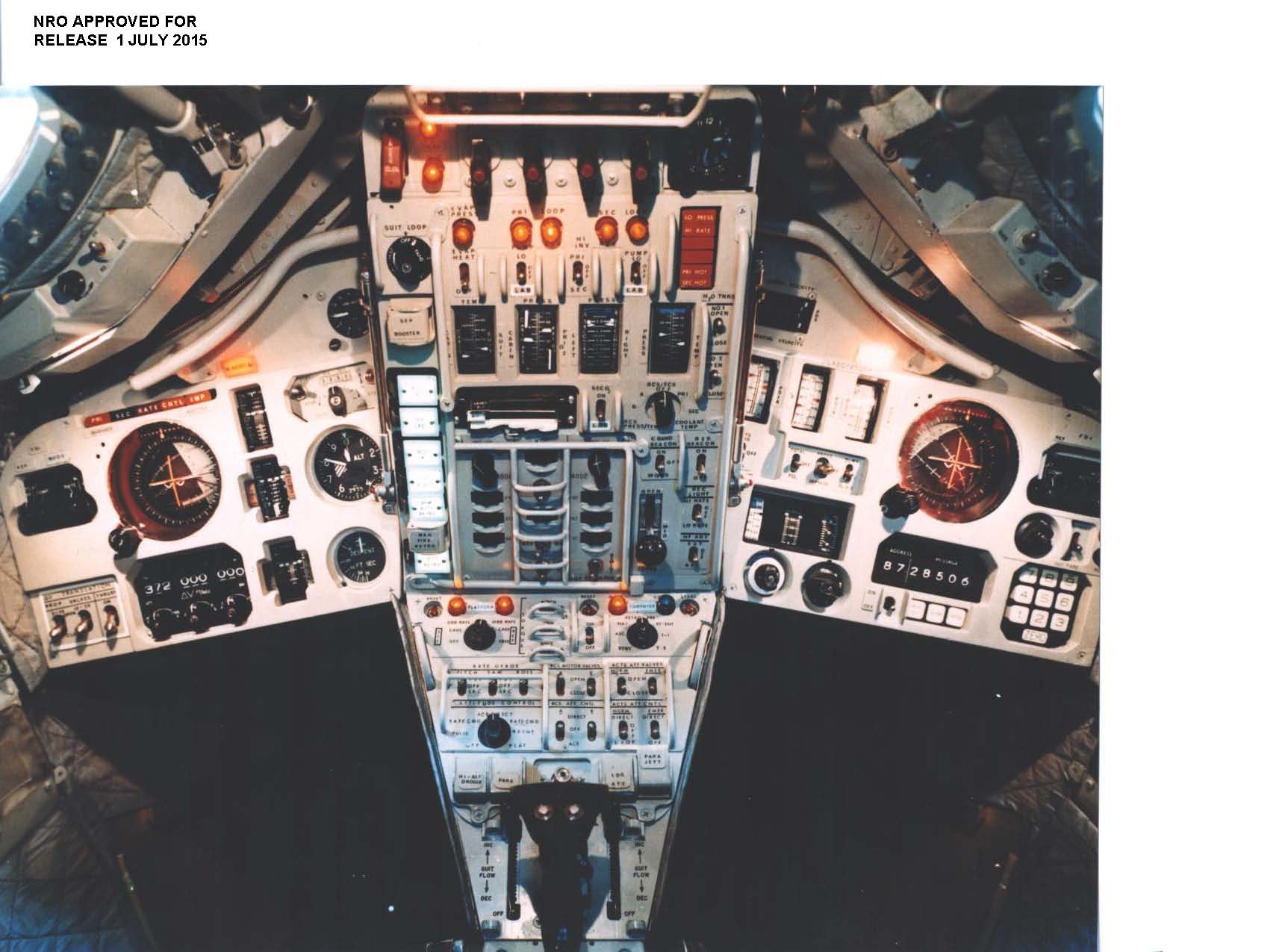
This is a version of the Gemini cockpit. Like NASA, the Manned Orbiting Laboratory planned to use a Gemini spacecraft to bring astronauts to space. The spacecraft was designed to be operated by two people, and was capable of working for up to approximately two weeks in Earth orbit if all systems were working correctly. [Gemini Program: Two-Man Prep for Moon Missions]
For NASA, Gemini ended up being a key – but underappreciated – program to help get astronauts to the moon in the Apollo program. It tested key parts of space living such as doing spacewalks and performing dockings, all of which were untested by NASA prior to Gemini taking place. In less than two years of human spaceflight, it accomplished all major objectives.
Up next: Spacesuit development
Spacesuit development
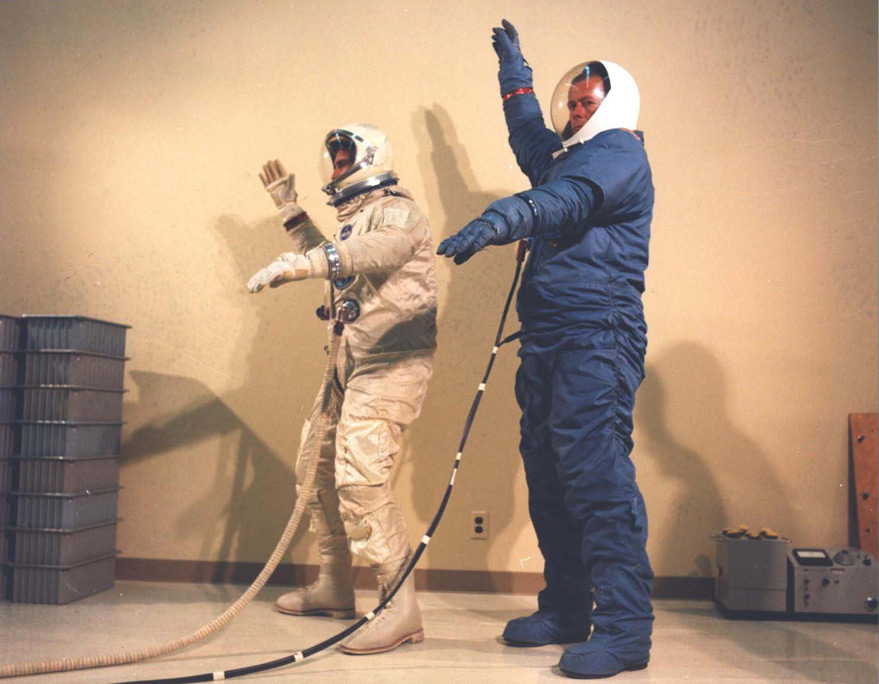
Spacesuits are an integral part of any spaceflight system, and the Manned Orbiting Laboratory was no different. Here, individuals perform motions during spacesuit testing. The MOL spacesuits would be the bright blue seen at right.
Up next:Astronaut Training
Astronaut Training
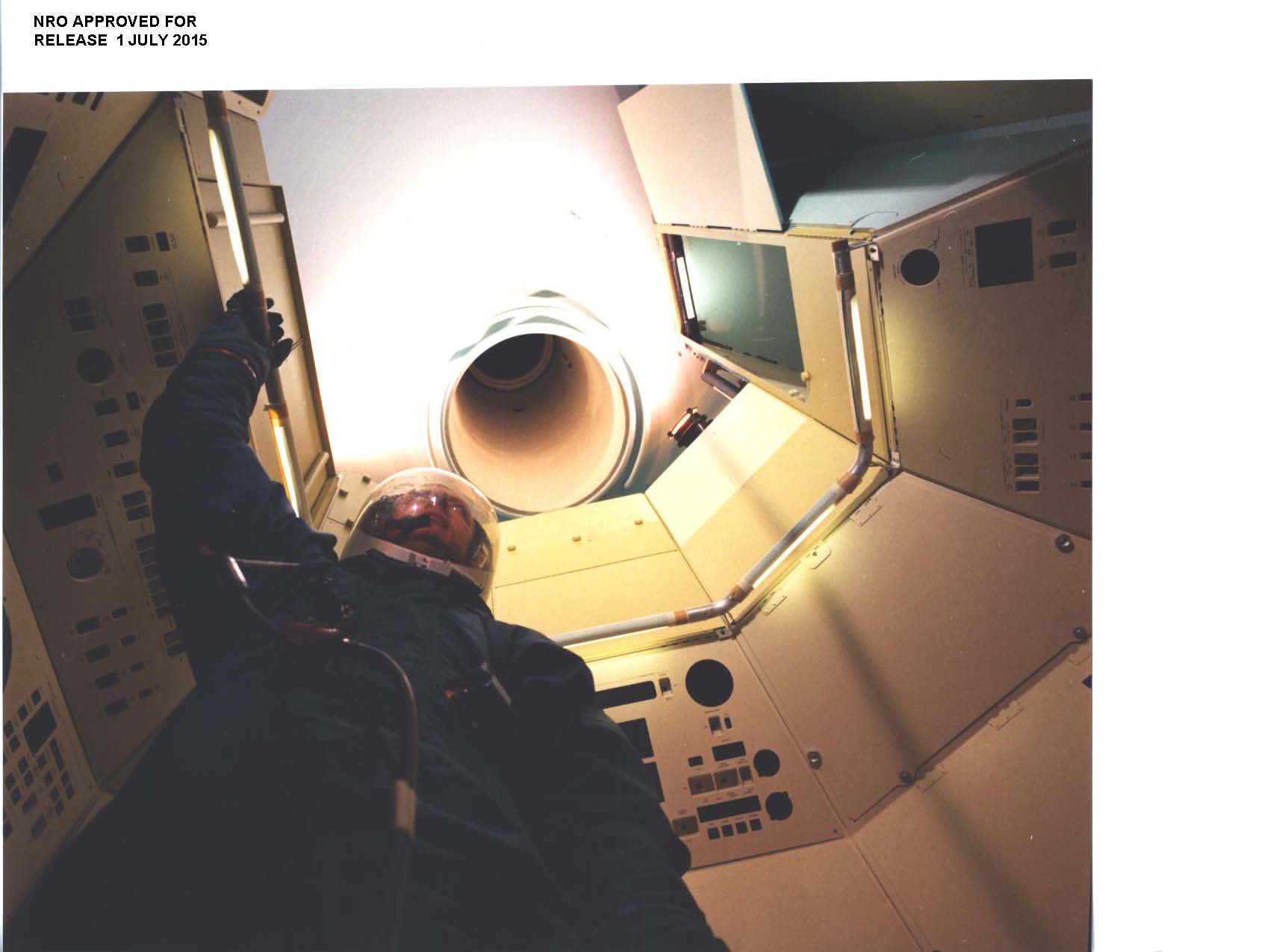
This photo offers a crewmember's-eye-view of astronaut training for the U.S. military's Manned Orbiting Laboratory project in the 1960s.
Up next: Control center
Join our Space Forums to keep talking space on the latest missions, night sky and more! And if you have a news tip, correction or comment, let us know at: community@space.com.
Get the Space.com Newsletter
Breaking space news, the latest updates on rocket launches, skywatching events and more!

Elizabeth Howell (she/her), Ph.D., was a staff writer in the spaceflight channel between 2022 and 2024 specializing in Canadian space news. She was contributing writer for Space.com for 10 years from 2012 to 2024. Elizabeth's reporting includes multiple exclusives with the White House, leading world coverage about a lost-and-found space tomato on the International Space Station, witnessing five human spaceflight launches on two continents, flying parabolic, working inside a spacesuit, and participating in a simulated Mars mission. Her latest book, "Why Am I Taller?" (ECW Press, 2022) is co-written with astronaut Dave Williams.
